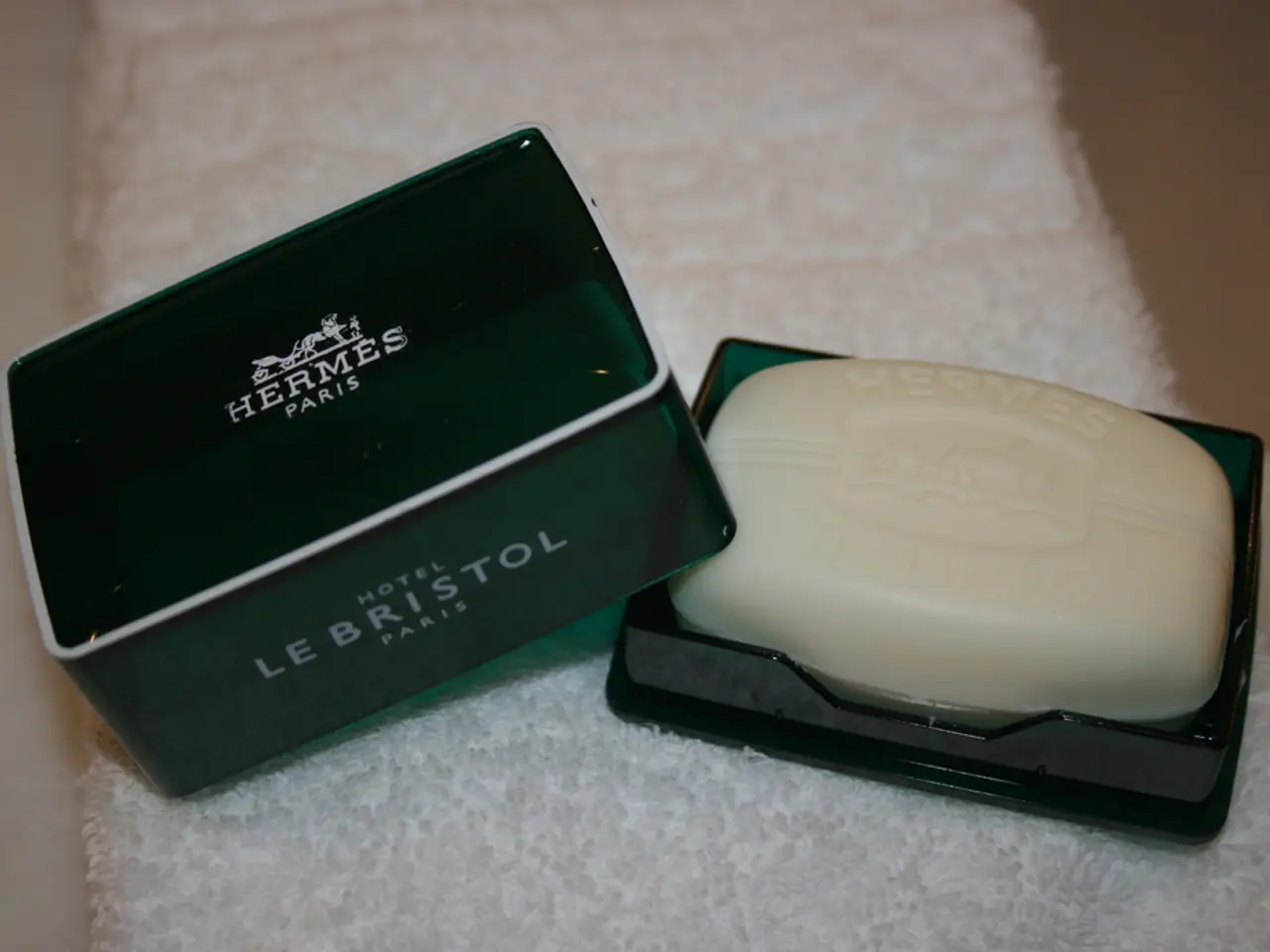Properly sanitize your smartphones and computers for optimal hygiene
In today's digital age, electronic devices have become an essential part of our daily lives. Regular cleaning is crucial to maintain hygiene and device performance. It is recommended to clean your devices every two weeks for light cleaning, with more frequent cleanings for items like keyboards, mice, and earbuds that accumulate bacteria and debris faster.
Safe Cleaning Methods and Substances
When it comes to cleaning notebooks, smartphones, tablets, and peripherals, it's important to use the right tools and substances. A soft, lint-free microfiber cloth slightly dampened with water or a 70% isopropyl alcohol solution is ideal for wiping surfaces. Avoid harsh chemicals, bleach, or abrasive materials that can damage screens or coatings.
For keyboards and mice, first remove debris using compressed air or a brush, then wipe with a damp cloth. Earbuds and headphones should be wiped down weekly, with removable parts cleaned using soapy water and a cloth. Disinfecting wipes approved by device manufacturers can be used cautiously, but remember that cleaning (removing dirt and dust) is distinct from disinfecting (killing pathogens) and both serve different purposes. Always refer to the manufacturer’s guidelines for any device-specific cleaning instructions to avoid voiding warranties or causing damage.
Special Considerations
Laptops should have their ventilation slots and fan checked occasionally, with any dust or pet hair that has been sucked in over time removed with compressed air. Alcohol-based cleaning agents should not be used on monitors and displays, as they attack the protective layer of the monitor. Dust can accumulate inside PCs with a classic tower or desktop case, which can be removed with compressed air. Screen cleaning cloths also work well to clean the screen of monitors and displays. Soapy water can be used to dampen a microfiber cloth for heavier dirt on monitors and displays.
Practical Tips
Jan Schuessler from the IT magazine "c't" suggests cleaning the phone case as well. Pressure sprays can be used for a thorough cleaning of the keyboard, removing dust and crumbs with a short blast of air. For stubborn stains like grease spots, some soapy water can help when dampening a microfiber cloth.
It's important to note that water should not get inside the mouse or keyboard when cleaning, as it could potentially cause damage. It is not recommended to open the cases of smartphones or tablets for cleaning, as it could risk damaging the seal.
Cleaning Frequency
Practically no one cleans their PCs or notebooks daily, and only 2% clean their computers once a week. On the other hand, 6% of German smartphone owners clean the surface of their phone daily. The frequency of cleaning depends on how and where devices are used; frequent cleanings may be necessary if used while eating or on the toilet.
By following these simple guidelines, you can ensure that your devices stay clean and perform at their best. Happy cleaning!
- To maintain the lifestyles that heavily rely on technology, it's essential to clean gadgets like smartphones, tablets, and notebooks with care using a soft, lint-free microfiber cloth slightly dampened with water or a 70% isopropyl alcohol solution.
- In addition to cleaning home-and-garden devices such as keyboards and mice, it's advisable to clean smartphone cases regularly to prevent germs and bacteria buildup.
- When considering the cleaning frequency, while PCs and notebooks might not need daily cleaning, smartphones are susceptible to daily contamination and should be cleaned consistently, especially when used in situations like eating or on the toilet.




